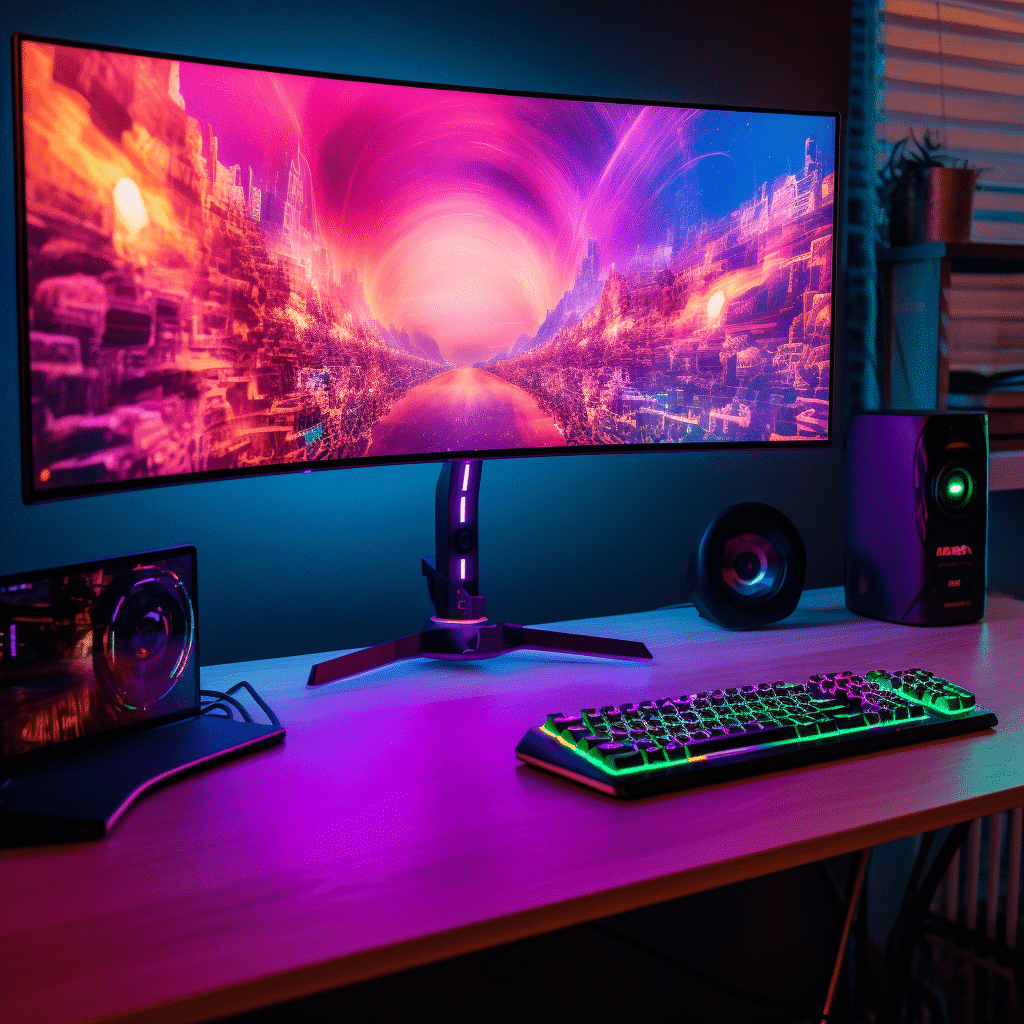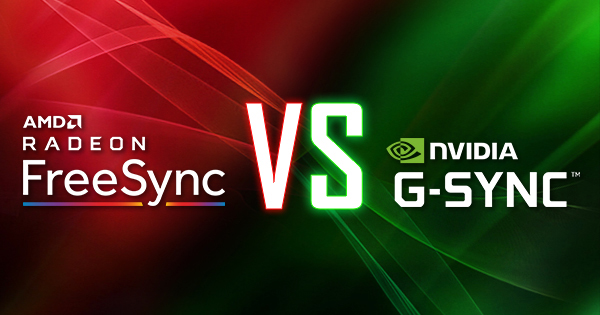
What is a good refresh rate for a monitor?
Introduction
Enhancing your gaming experience goes beyond just the hardware; it’s about optimizing every aspect to immerse yourself fully. One crucial component that often gets overlooked is the refresh rate of your display. In this guide, we delve into the world of high refresh rate gaming monitors, exploring what they offer and how to optimize them for peak performance.
Understanding Refresh Rates
Before diving into the intricacies of high refresh rate gaming, let’s grasp the fundamentals. The refresh rate of a display, measured in Hertz (Hz), signifies how many times per second the screen updates its content. For instance, a 144Hz monitor refreshes the image 144 times per second, resulting in smoother visuals and potentially higher FPS (Frames Per Second) when paired with a capable system.

What is the Ideal Refresh Rate?
Determining the optimal refresh rate for your monitor depends on various factors, including your gaming preferences and system capabilities. While 60Hz has long been the standard, higher refresh rates offer smoother gameplay and reduced motion blur. Here's a breakdown of common refresh rates and their benefits:
- 144Hz: Considered a significant improvement over standard 60Hz monitors, 144Hz delivers smoother motion and enhanced responsiveness, ideal for fast-paced gaming.
- 240Hz: Pushing the boundaries further, 240Hz monitors offer even smoother gameplay, particularly beneficial for competitive gamers who demand lightning-fast response times.
- 360Hz and Beyond: Recently, monitors with refresh rates of 360Hz and even 540Hz have emerged, catering to enthusiasts and esports professionals seeking unparalleled fluidity and responsiveness.
The Hardware Equation
To fully leverage a high refresh rate monitor, your system must be equipped to handle the demands. It's a synergy of three critical components:
- Monitor: Opt for a display with rapid refresh capabilities.
- CPU: Ensure your processor can swiftly execute game instructions.
- GPU: Invest in a graphics card capable of rendering graphics at high speeds.
A harmonious balance among these components is essential. If either the CPU or GPU falls short in supplying enough frames, the monitor won’t realize its full potential.
Tailoring Hardware Configurations
The hardware requirements vary based on the desired refresh rate and the games you play. While newer, graphically intensive titles demand robust hardware, older or less demanding games might be playable on comparatively modest setups.
Customizing graphics settings can significantly impact performance. Lowering resolutions or adjusting graphical presets can alleviate the strain on your system, making higher refresh rates achievable without compromising visual fidelity.
Assessing Your System’s Abilities
Before committing to a high refresh rate monitor, assess your system’s capabilities. Utilize frame rate monitoring utilities like Fraps to gauge your system’s FPS in-game. Aim for a frame rate that matches or exceeds your monitor’s refresh rate for optimal performance. Even if your system falls short initially, incremental upgrades can eventually bridge the gap.
Embracing Adaptive Sync
For systems struggling to maintain consistent FPS, adaptive sync technologies can be a game-changer. These features synchronize the display’s refresh rate with the GPU, minimizing visual artifacts like screen tearing, even during fluctuating frame rates.

Selecting the Ideal Monitor
With a plethora of options available, choosing the right monitor can be daunting. While higher refresh rates offer smoother gameplay, prioritizing features that align with your system’s capabilities is paramount. Consider factors like resolution, screen size, and aspect ratio to find the perfect balance between performance and visual fidelity.
Conclusion
In the realm of gaming, every detail counts. By understanding and optimizing high refresh rate displays, you can elevate your gaming experience to new heights. Whether you’re chasing competitive glory or seeking immersive escapism, investing in the right hardware ensures you’re always one step ahead.




